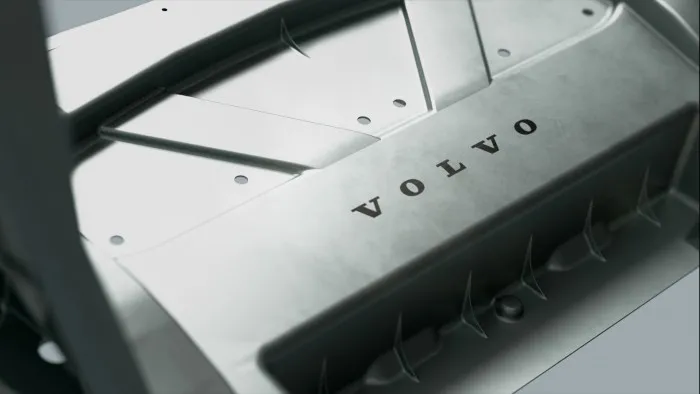Author: Michelin
Innovation is always accompanied by revolutions in technology and manufacturing.
If, in the era of traditional cars, the maximization of input-output ratio in a “lean factory” was the benchmark of the traditional car manufacturing industry, then in the era of intelligent cars, the new type of “super factory” represented by Giga Factory is the most familiar intelligent car manufacturing mode for everyone. We have seen this term countless times in Tesla’s news, accompanied by highly integrated and electrified production lines, giant die-casting machines that can mold components at once like toys, and clean energy that does not use fossil fuels, etc.
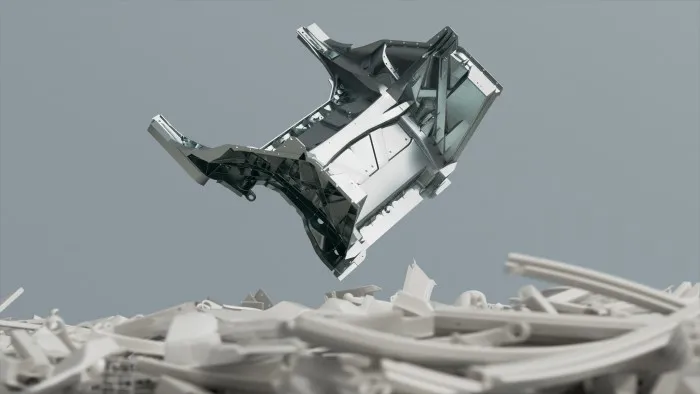
While these innovative technologies are leading the manufacturing revolution, they are also facing questions from various directions. For example, when Tesla adopted giant integrated casting technology to cast 70 parts of the Model Y rear body into one piece, it was once questioned whether it could meet the requirements for process strength, whether the service life of parts could be guaranteed, and whether the cost of user repair after collision was too high, etc.
On February 8th, Volvo announced that it will invest 1 billion Swedish kronor to upgrade its Torslanda factory in Sweden, and a key part of it is the introduction of casting process for large aluminum components. Besides Tesla, Volvo is one of the first car companies to announce the use of this technology, and one of the first to invest in this technology. Volvo will use an 8000-ton integrated casting machine to cast and form the rear parts of the chassis (similar to the GigaPress tonnage rumored to be used in Cybertruck, higher than the 6000 tons currently used by Tesla).
Therefore, we conducted an exclusive interview with Dr. Mikael Fermér, responsible for Volvo’s vehicle platform architecture, with the above questions in mind, to see how Volvo views the technological revolution in the field of intelligent car manufacturing.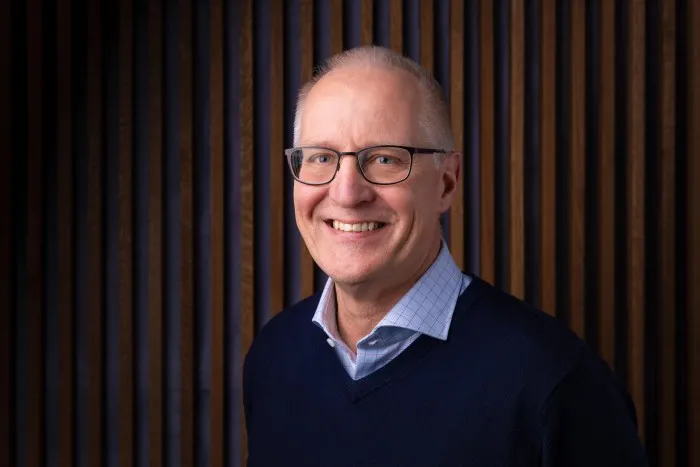
Is giant integrated casting technology the new darling of the automotive industry?
Using giant compression molding machines with the volume equivalent to a small house to mold the chassis components originally consisting of a dozen or dozens of parts into one piece, reducing the complexity of the chassis components – this is the function of giant integrated compression casting technology. “Lighter, more compact, better NVH, lower investment, lower unit cost,” Musk once described this technology.

So what is the biggest advantage of giant compression casting technology for intelligent cars?
“High flexibility.” Dr. Mikael Fermér believes that this is the biggest advantage of integrated casting technology for automotive electrification.
In traditional chassis manufacturing, the components originally consisting of dozens of parts require different suppliers to select, stamp, weld, and transport. And every structural adjustment means starting from scratch with dozens of parts. For integrated casting technology, adjusting the mold once is enough to cast parts that are adapted to new designs for different batteries and motor systems. “It provides an opportunity for fast redesign.” Dr. Mikael Fermér described this flexibility.
Volvo casts the rear parts of the chassis with an 8,000-ton integrated casting machine, which not only has high flexibility, but also reduces the complexity of production by replacing multiple suppliers’ stamping, welding, and transportation with one compression molding. The flattened supply chain structure is established.
For a commodity with obvious economies of scale like automobiles, reducing production complexity, lowering the cost and time cycle of redesigning new products, and designing automobiles in a more flexible and efficient way is probably a choice that no auto company can refuse.
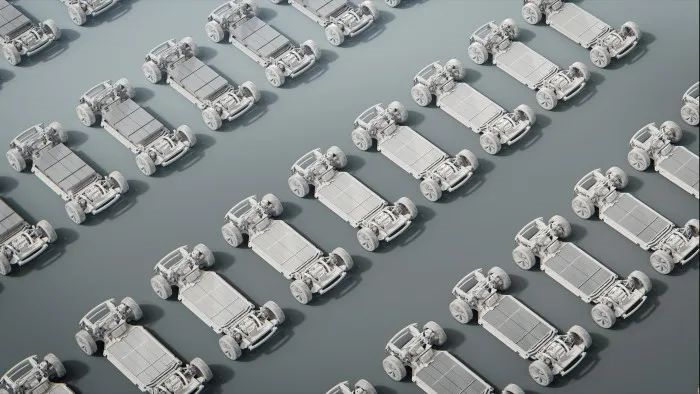
Lower carbon emissions, more controllable
In addition, another advantage of integrated manufacturing technology in automotive manufacturing is lower and more controllable carbon emissions.
Carbon emissions reduction may be one of the most difficult topics for the automotive industry to avoid. This has not only affected the emphasis of automakers on new energy vehicle models, but also the selection of raw materials and processes.Compared with traditional steel and aluminum alloy chassis, the aluminum die-casting chassis has lower carbon emissions and is more controllable in terms of raw materials. Compared with multiple part purchases required for traditional components, a one-piece die-cast body can choose raw materials with a low carbon footprint, which means that the emission per kilogram of aluminum is lower than four kilograms of carbon dioxide. This makes controlling carbon emissions easier to achieve.
The most concerning question for users: How to repair?
Since the application of the one-piece die-casting technology to automobiles, “how to repair” has always been the most concerning question for users. After all, if it cannot be repaired, the cost savings of one-piece die-cast parts during production will be transferred to the users who use them.
Dr. Mikael Fermér’s answer to this is: “Compared with traditional cars, the insurance cost of one-piece cast parts is almost the same.” One-piece cast parts are not as impossible to repair as imagined. Like traditional parts, one-piece cast parts can be welded, crack-bonded to some extent, and larger parts can also be replaced.
As for severe damage, what should we do? Currently, one-piece die-cast parts are mainly used in the car body and chassis. When severe deformation occurs, it is difficult to avoid major repairs of the entire vehicle.
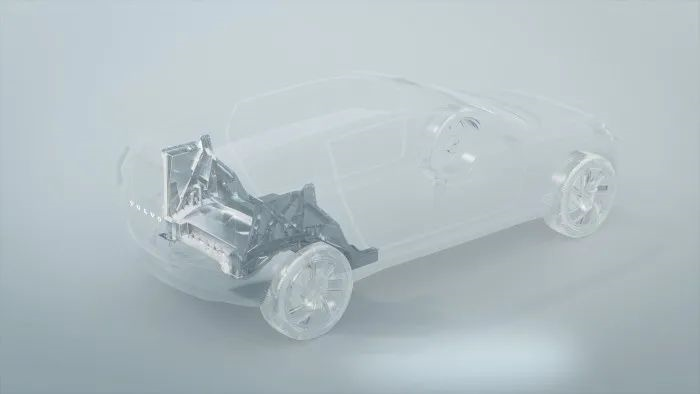
Making cars like making toy cars? Not that easy
“Produce full-size cars in the way of making toy cars.” Musk once accepted the prospect of giant die-casting technology. The series of advantages of one-piece die-casting technology seems to give everyone an irresistible reason. However, in 2021, the founder of LK Group, the parent company of the giant die-casting machine Giga Press, Liu Xiangshang revealed in an interview with foreign media that currently, the company has had communication with multiple domestic companies regarding Giga Press, but most of them are still in the design stage, and the bottlenecks encountered in the design stage are very critical.
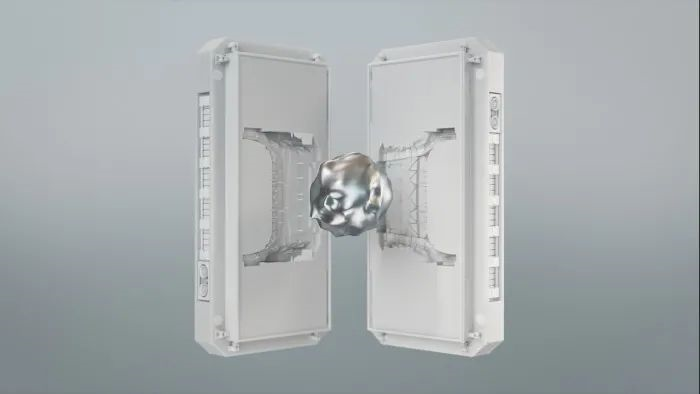
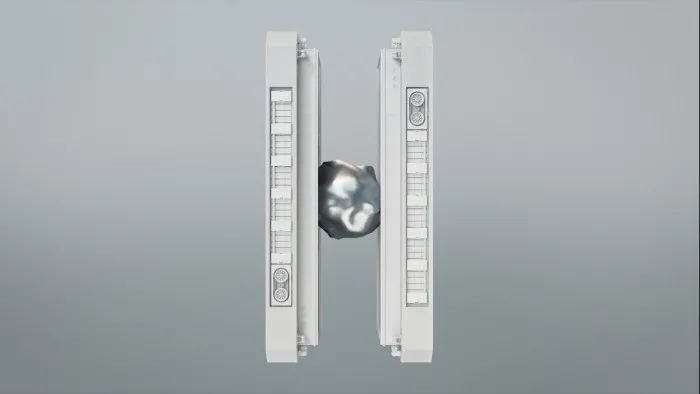
Regarding the technical difficulties of one-piece die-casting technology, Dr. Mikael Fermér gave a more detailed explanation:
For traditional parts, different heat treatments are required according to the hardness, stiffness, and other requirements of different parts during manufacturing. However, for large one-piece castings, their integral molding method makes it impossible to perform separate heat treatment on individual parts. Therefore, finding suitable alloys and raw materials to ensure the strength requirements of different parts while ensuring the cost advantages of casting technology has become a headache.In addition, when designing for casting, integrated casting is completely different from casting a steel body, because integrated casting involves three dimensions, different widths, different breadths, and so on, and therefore it is completely different from traditional design.
That is why, as one of the earliest car manufacturers to invest in integrated casting technology, Volvo did not rush to use it, but needed time to solve the technological difficulties one by one, and waited for a suitable opportunity, such as full electrification, in suitable factories to invest in integrated casting technology for car manufacturing.
Super factory for future investment
Compared to Tesla and new players introducing new technologies and production lines as a matter of course when building new factories, upgrading new super factories, introducing innovative technologies such as integrated casting, etc., obviously requires greater courage for established car manufacturers like Volvo.
Dr. Mikael Fermér compares this to a long-term investment.
In terms of product cost, the cost of casting integrated aluminum chassis is equivalent to that of steel chassis and much lower than that of traditional steel-aluminum mixed chassis. Moreover, the cost savings of material costs, carbon emission reduction benefits, cost adjustments of newly designed parts, and the complexity of the supply chain production transportation, etc., will all be reflected in future electric car production.
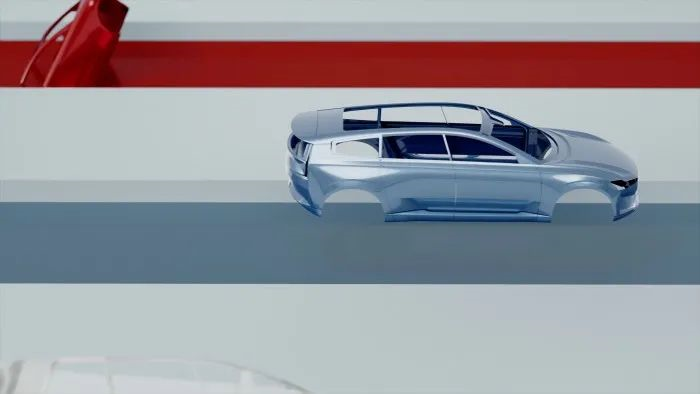
This kind of investment in the future is not only this. In the upgrade and transformation of the Torslanda plant, a new battery assembly plant has been introduced to integrate battery units and module cars into the chassis structure, and to combine the body and chassis with a new connection method. The painting workshop reduces energy emissions and consumption during the painting process through new machines and processes. Earlier, Volvo collaborated with Swedish battery expert Northvolt to jointly establish a battery factory, planned to start construction in 2023. Once it is launched and in operation, the annual production capacity will reach 50 GWh, which is enough to supply power to about 500,000 electric vehicles.
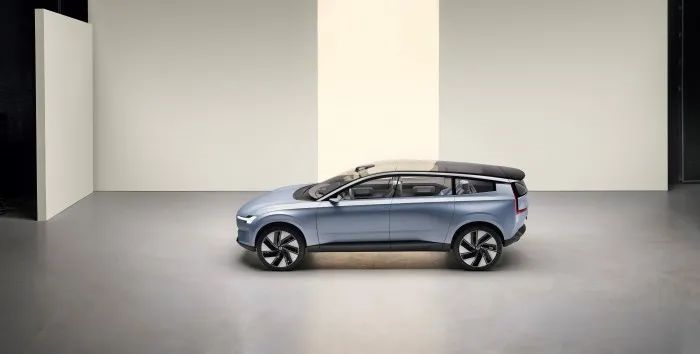
Finally
Volvo’s goal is to transform into a luxury pure electric car company by 2030, which will require about two product life cycles. This is a tight timeline for a traditional car company. Therefore, we can see Volvo’s big moves in the automotive manufacturing revolution, whether it is integrated casting technology, new battery assembly plants, final assembly workshops, or joint battery factories, all of which are the only way to electrification transformation.
This article is a translation by ChatGPT of a Chinese report from 42HOW. If you have any questions about it, please email bd@42how.com.
